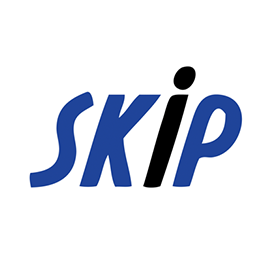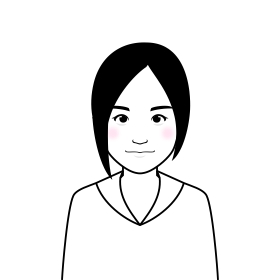限定要求にはRejoinderで対抗
2011.06.20

SKIP
米国では、物と方法のクレームがあると、ほとんどの場合、限定要求が発行されます。
両者の内容が実質的に異なっている場合は、分割すればいいのですが、
実質的には同じ発明内容である場合も多いと思います。
そんな場合は、物のクレームを選択し、方法のクレームを物のクレームに従属するようにしておくと、
審査官がNotice of Allowanceにおいて、選択しなかったクレーム(Withdrawn claim)をクレームに再度組み込んでくれます。
なかなか日本にいると、CancelとWithdrawnに違いが分かりにくいですが、Withdrawn ClaimはRejoinderの可能性がある点で、Canceled claimとは大きく異なると言えます。
821.04 Rejoinder [R-3] – 800 Restriction in Applications Filed Under 35 U.S.C. 111; Double Patenting
821.04 Rejoinder [R-3]
**>The propriety of a restriction requirement should be reconsidered when all the claims directed to the elected invention are in condition for allowance, and the nonelected invention(s) should be considered for rejoinder. Rejoinder involves withdrawal of a restriction requirement between an allowable elected invention and a nonelected invention and examination of the formerly nonelected invention on the merits.
In order to be eligible for rejoinder, a claim to a nonelected invention must depend from or otherwise require all the limitations of an allowable claim. A withdrawn claim that does not require all the limitations of an allowable claim will not be rejoined. Furthermore, where restriction was required between a product and a process of making and/or using the product, and the product invention was elected and subsequently found allowable, all claims to a nonelected process invention must depend from or otherwise require all the limitations of an allowable claim for the claims directed to that process invention to be eligible for rejoinder. See MPEP § 821.04(b). In order to retain the right to rejoinder, applicant is advised that the claims to the nonelected invention(s) should be amended during prosecution to require the limitations of the elected invention. Failure to do so may result in a loss of the right to rejoinder.
Rejoined claims must be fully examined for patentability in accordance with 37 CFR 1.104. Thus, to be allowable, the rejoined claims must meet all criteria for patentability including the requirements of 35 U.S.C. 101, 102, 103 and 112.
The requirement for restriction between the rejoined inventions must be withdrawn. Any claim(s) presented in a continuation or divisional application that are anticipated by, or rendered obvious over, the claims of the parent application may be subject to a double patenting rejection when the restriction requirement is withdrawn in the parent application. In re Ziegler, 443 F.2d 1211, 1215, 170 USPQ 129, 131-32 (CCPA 1971). See also MPEP § 804.01.
The provisions of MPEP § 706.07 govern the propriety of making an Office action final in rejoinder situations. If rejoinder occurs after the first Office action on the merits, and if any of the rejoined claims are unpatentable, e.g., if a rejection under 35 U.S.C. 112, first paragraph is made, then the next Office action may be made final where the new ground of rejection was necessitated by applicant’s amendment (or based on information submitted in an IDS filed during the time period set forth in 37 CFR 1.97(c) with the fee set forth in 37 CFR 1.17(p)). See MPEP § 706.07(a).
If restriction is required between product and process claims, for example, and all the product claims would be allowable in the first Office action on the merits, upon rejoinder of the process claims, it would not be proper to make the first Office action on the merits final if the rejoined process claim did not comply with the requirements of 35 U.S.C. 112, first paragraph. This is because the rejoinder did not occur after the first Office action on the merits. Note that the provisions of MPEP § 706.07(b) govern the propriety of making a first Office action on the merits final.
Amendments submitted after final rejection are governed by 37 CFR 1.116
Where applicant voluntarily presents claims to the product and process, for example, in separate applications (i.e., no restriction requirement was made by the Office), and one of the applications issues as a patent, the remaining application may be rejected under the doctrine of obviousness-type double patenting, where appropriate (see MPEP § 804 – § 804.03), and applicant may overcome the rejection by the filing of a terminal disclaimer under 37 CFR 1.321(c) where appropriate. Similarly, if copending applications separately present product and process claims, provisional obviousness-type double patenting rejections should be made where appropriate. However, once a determination as to the patentability of the product has been reached any process claim directed to making or using an allowable product should not be rejected over prior art without consultation with a Technology Center Director.
See MPEP § 706.02(n) for the applicability of 35 U.S.C. 103(b) to biotechnological processes and compositions of matter.
See MPEP § 2116.01 for guidance on the treatment of process claims which make or use a novel, nonobvious product.<



